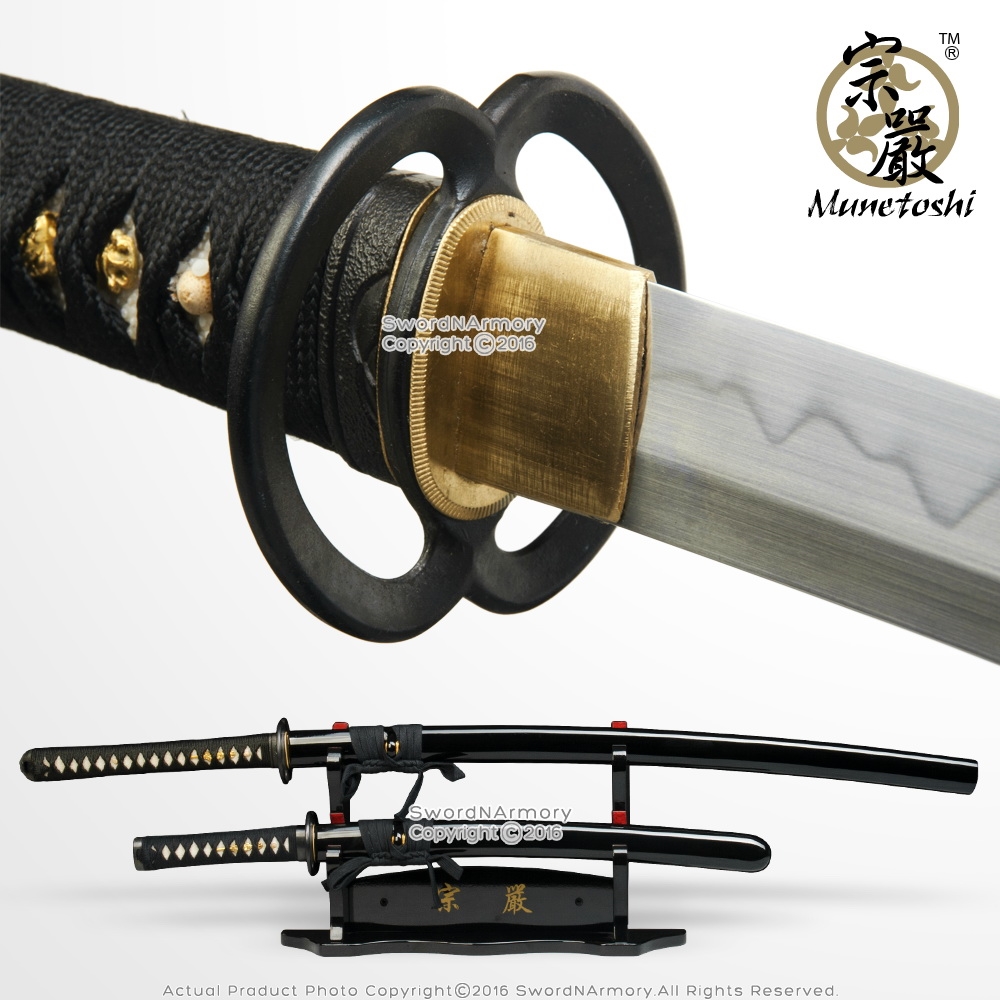Way Of The Samurai 2 Sword List

It hasbeen said that the samurai's sword was his soul. Perhaps this deepattachment had something to do with the perfect melding of form and functionfound in the katana, as the famouscurved sword is known in Japan. Invented a millennium ago, the katana remains a marvel of aesthetic beauty and skillfulengineering. While most bladed weapons over the centuries were designed toeither pierce or slash, the katana'stwo different types of steel gave it optimum qualities for both, making it ahighly versatile weapon in battle. Below, follow the steps that amaster Japanese swordsmith takes today to craft what is arguably the mostlegendary of swords.—Rima Chaddha and Audrey Resutek
One-Hand Stance Edit. Biteikotsu ( Kyojiro 's sword) Furaibo ( Ichikichi of the Aoto Three's sword) Binetsu ( Oboro 's rare sword). Ghost Dog: The Way of the Samurai is found in death. Meditation on inevitable death should be performed daily. Every day when one's body and mind are at peace, one should meditate upon being ripped apart by arrows, rifles, spears, and swords. Being carried away by surging waves. Being thrown into the midst of a great fire.

Smeltingsteel | |
Dissolvingcarbon | |
Removingimpurities | |
Forgingthe sword | |
Coatingthe katana | |
Curvingthe blade | |
Polishingthe blade | |
Addingfinal touches |